LBPhotog
TPF Noob!
- Joined
- Mar 3, 2010
- Messages
- 372
- Reaction score
- 0
- Location
- New Hampshire
- Can others edit my Photos
- Photos NOT OK to edit
Ok ... so this is a more than a basic type question - I hope ...
I know that with a histogram shadow detail is on the left side of the scale and that highlight detail is on the right. I also understand that you are looking for a nice "bell curve" type display (no loss of details in the shadows, no clipping/blown out highlights). Is that all there really is too it? Or, is there more to it than that? I feel as this is an overly simplified explanation of the histogram; but, is it really THAT simple?
I've also noticed that when shooting on black or white drops this sways the grid on the histogram in my camera one way or another (depending on the color of the drop) ... when shooting on drops should I put more emphasis on my flash meter and the exposure I am getting from that and kinda disregard the histogram ...
I'm a little confused - I THINK ... can someone set me straight on this; or, am I completely ok with my understanding and just think I am confused - which is always quite possible.
I know that with a histogram shadow detail is on the left side of the scale and that highlight detail is on the right. I also understand that you are looking for a nice "bell curve" type display (no loss of details in the shadows, no clipping/blown out highlights). Is that all there really is too it? Or, is there more to it than that? I feel as this is an overly simplified explanation of the histogram; but, is it really THAT simple?
I've also noticed that when shooting on black or white drops this sways the grid on the histogram in my camera one way or another (depending on the color of the drop) ... when shooting on drops should I put more emphasis on my flash meter and the exposure I am getting from that and kinda disregard the histogram ...
I'm a little confused - I THINK ... can someone set me straight on this; or, am I completely ok with my understanding and just think I am confused - which is always quite possible.



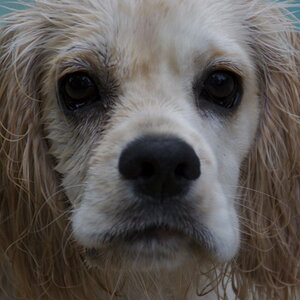
![[No title]](/data/xfmg/thumbnail/37/37631-1af996afcca522b3c5490538125d9599.jpg?1619738155)
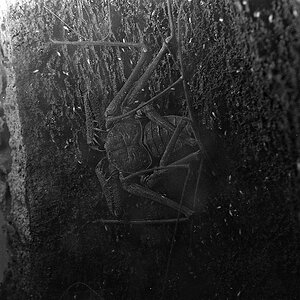
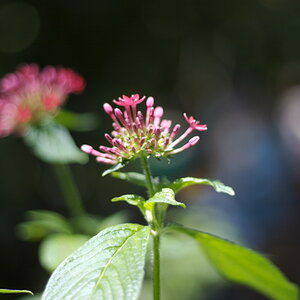
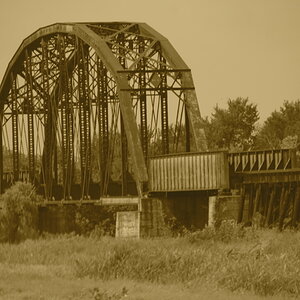
![[No title]](/data/xfmg/thumbnail/34/34077-2933006a1d00efe7d5967044e94e345e.jpg?1619736268)
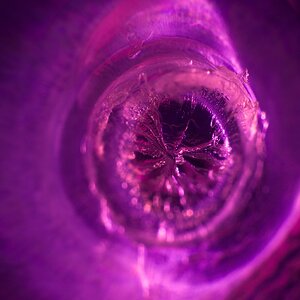
![[No title]](/data/xfmg/thumbnail/37/37609-a1984365804384f841d8245ae7e3b9a7.jpg?1619738149)
![[No title]](/data/xfmg/thumbnail/37/37632-06d8ff7f84d84f6ac01249ce8885d896.jpg?1619738156)
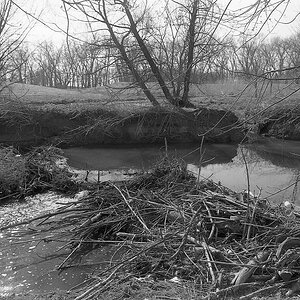
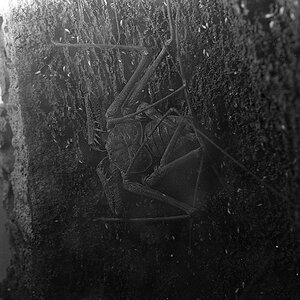
![[No title]](/data/xfmg/thumbnail/37/37606-3c9ffb5906173fa2aa489341967e1468.jpg?1619738148)